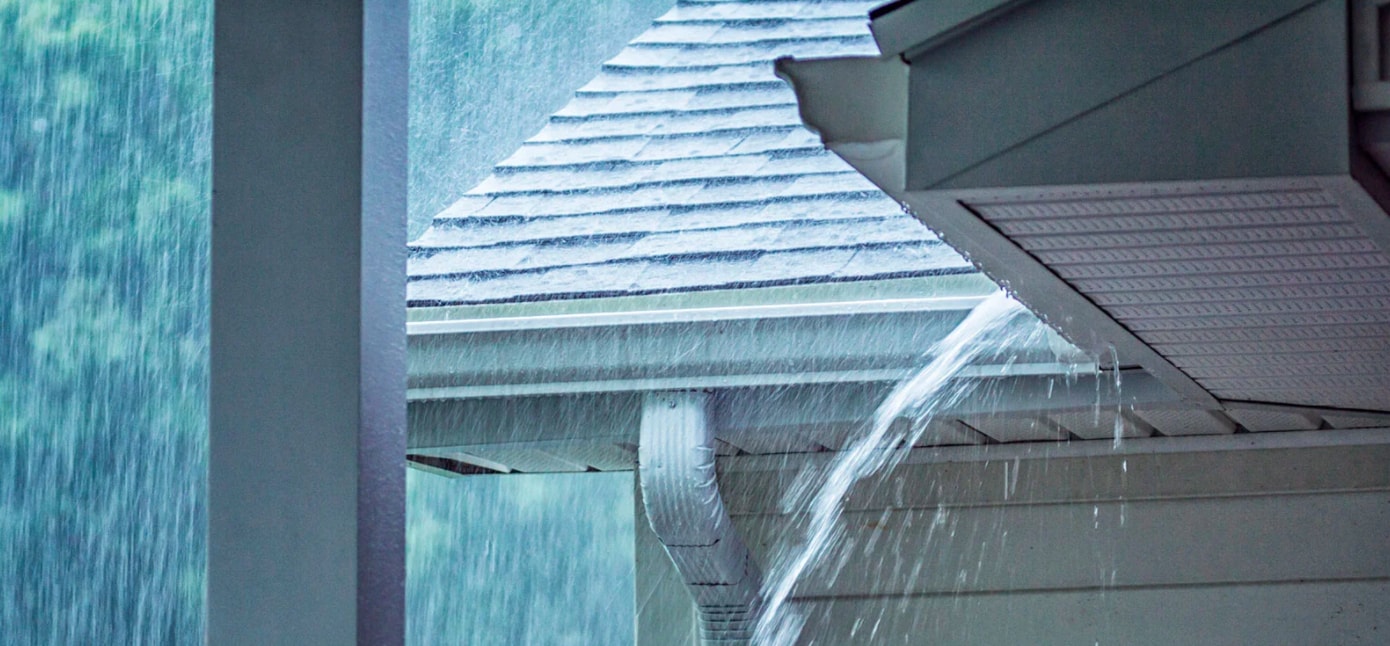
How long does a roof last for?
How long the roof on your house will last usually depends on three key factors:-
- The nature of the roofing material
- How well you look after your roof and the condition it is in
- Any significant environmental issues such as an exposed location – the hostility of the weather and the constant exposure of the roof to such conditions will inevitably mean that there will be much more wear and tear over the years than for the same or a similar roof on a sheltered property in say, an urban setting
Roof tiles and clay tiles
Most roof tiles and clay roofs will last on average 50-60 years some longer but behind that average is a programme of annual maintenance and some other more substantial jobs every few years which are keeping that roof in tip-top condition. A roof that is ignored with gutters left overflowing and repairs unattended to, will not make the cut when it comes to the half century.
What about slate roofs?
Natural slate is a beautiful product which is quite fragile to work with but creates a beautiful finish and has a durability and longevity that is very impressive. An average lifespan of 80-100 years is not uncommon for a well maintained and cared for slate roof and some will go on even longer than that.
Fibre cement roof slates (so look like slate but are not) have a reasonable lifespan of around 50-60 years whereas the much cheaper synthetic manmade slate products will only last for around 20 years on average.
How to make sure your roof really does last?
If you are buying a new house then the quality of the roof and how well it has been cared for should be one of the key points on your list for consideration. If you have a house and are responsible for the roof then there are a number of things you could and should be doing to ensure your roof is kept in optimal condition and will really last. These include:-
- Clean out, repair and replace rainwater goods so guttering and downpipes to ensure that water is always able to clear the roof. Defective rainwater goods will cause pooling and eventually lead to damage, incurring the cost of roof leak repair. This type of maintenance also provides an opportunity for the man up the ladder to check the condition of the lower portion of the roof and look under the eaves for other problems. This sort of work is usually carried out twice yearly or sometimes more frequently during and after adverse weather events
- Make sure that any damage to the roof is dealt with promptly – cracked chimney flashings, worn-out seals around Velux windows or roof lights – slipped, missing or cracked tiles or slates. Water is the main enemy to roof integrity and longevity so make good any repair jobs as quickly as you can
- Replace the underlay material if it needs it and in any event, at around the 30 or 40-year mark. Underlay or underlayment as it is sometimes called is a waterproof barrier material that is installed under all roofing materials as an added layer of protection. This will deteriorate and wear out more rapidly than the tiles or slates above it and if you don’t renew it then you will compromise the integrity of the entire roof structure
- If you are re-roofing completely, always choose a roofing material which is appropriate for the location and the exposure to the weather
- Don’t walk on the roof if at all possible, this is one of the best ways to damage it. Roofers have methods that they use to work on roofs without their bodyweight causing additional problems one of which is the use of scaffolding platforms
What factors reduce the life expectancy of roof tiles?
There are a number of factors which can shave years of the longevity of a roof, some of which are quite surprising and these include:-
- The orientation of the roof. South-facing roofs will have more exposure to sunlight which can shorten the lifespan of the tiles
- The darker the colour of the roof tile, the more it absorbs the heat which can affect longevity
- The pitch or angle of the roof can help with durability; higher pitched roofs tend to last longer
- Poor or incorrect installation or botched repair jobs will seriously shorten the longevity of your roof so always use a reputable and professional contractor for your roofing work
- Lack of loft ventilation or no ventilation can affect the lifespan of roof tiles. Keeping the loft cool will prevent snow and ice melting on the roof during the winter which can saturate it and also cause the formation of ice dams. Escaping heat from the loft will melt snow causing water to run along the roof under the lying snow and re-freezing as it reaches the roof overhang. The ice dams then trap the melting water so it cannot drain off the roof. Water has to go somewhere so it can start to leak through the walls and ceilings of the upstairs rooms and also into the loft space where it can set up a process of rot in the roof joists
- Exposure to the weather and a hostile environment is one of the biggest contributing factors and probably the one you can do the least about. Always make sure you use roofing materials which are local to the area – look up at the other houses, materials are often chosen to fit in with local environmental conditions and a local roofing contractor will know all about these
If you are renewing the roof on your home then expect to receive a manufacturer’s guarantee on the roofing materials and a separate warranty from the builder or roofing contractor for the entire job. This can be passed on to a subsequent purchaser of the house and will form an important record of the work you have done.

